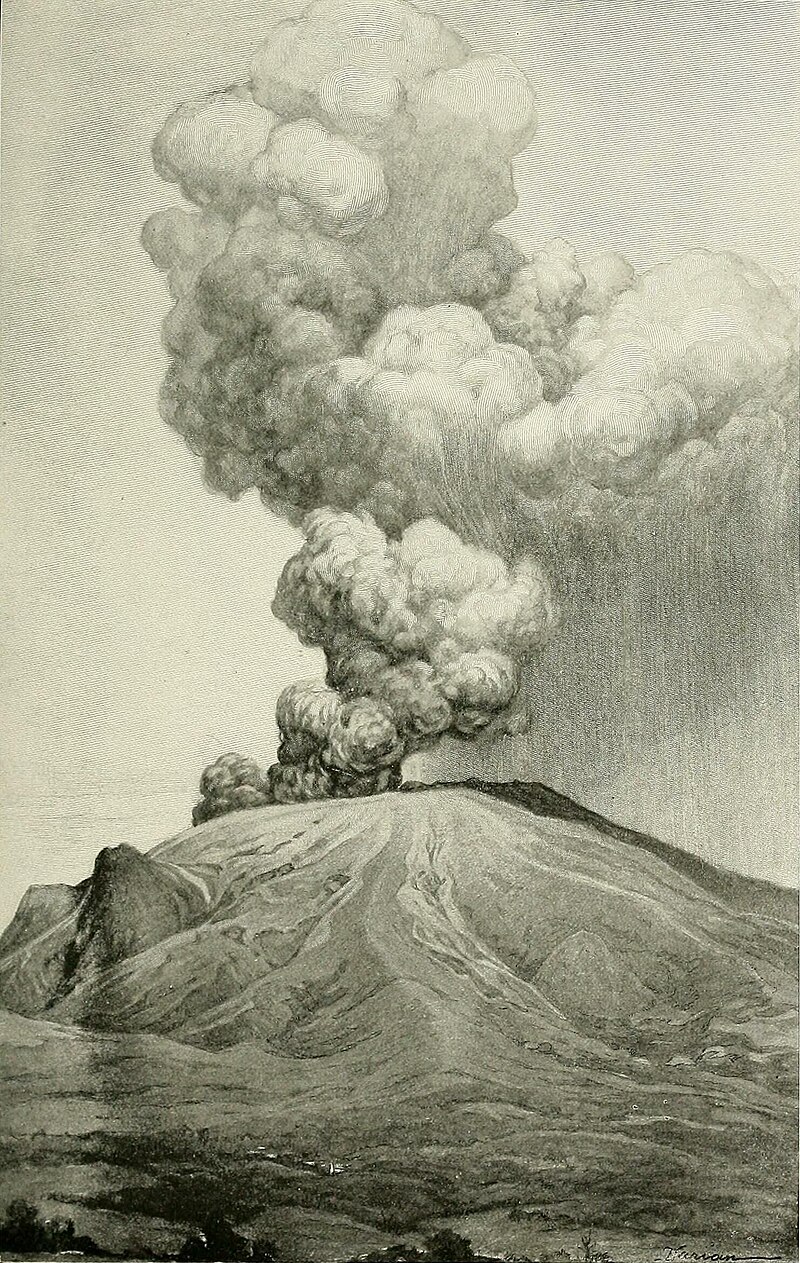On May 8, 1902, a heart-wrenching tragedy befell the picturesque Caribbean Island of Martinique. The long-dormant Mount Pelée, which had been ominously rumbling for weeks, erupted with a ferocity that defied imagination. A devastating wave of destruction cascaded down its slopes, obliterating the vibrant city of Saint-Pierre in a matter of minutes. The toll was staggering, with nearly 30,000 lives lost in what stands as one of the most catastrophic volcanic eruptions of the 20th century.
Saint-Pierre, often hailed as the “Paris of the Caribbean,” was a thriving cultural and economic center. Its charming cobblestone streets were teeming with merchants, artists, and families. However, by late April 1902, ominous signs began to manifest: ash was falling, animals were growing restless, and a pungent smell of sulfur permeated the air. These were harbingers of the impending disaster. Small earthquakes and mudslides further underscored the city’s peril. Despite these clear warnings, only a handful of residents heeded the signs and left.
At approximately 8:00 a.m. on May 8, Mount Pelée unleashed a colossal pyroclastic surge —a swift-moving deluge of scorching gas, ash, and rock — that hurtled down the mountainside at a staggering speed of over 100 miles per hour. The force was so overwhelming that it vaporized buildings, set ships in the harbor ablaze, and claimed the lives of almost every soul in Saint-Pierre in an instant.
The heat was so extreme that it shattered glass, charred bodies where they stood, and even fused metal. Survivors described it as a “furnace wind” sweeping through the city. Out of Saint-Pierre’s tens of thousands of residents, only a handful survived. The most well-known was Ludger Sylbaris, a prisoner locked in a thick, stone jail cell partially underground. His cell protected him from the searing heat and ash. He was later pardoned and went on to tour with Barnum & Bailey’s circus as “the man who lived through Doomsday.”
In the days that followed, rescue efforts were nearly impossible due to the intense heat and still-smoldering ash. Entire neighborhoods had been flattened. The city, once a vibrant symbol of colonial prosperity, had become a ghost town buried in grey.

